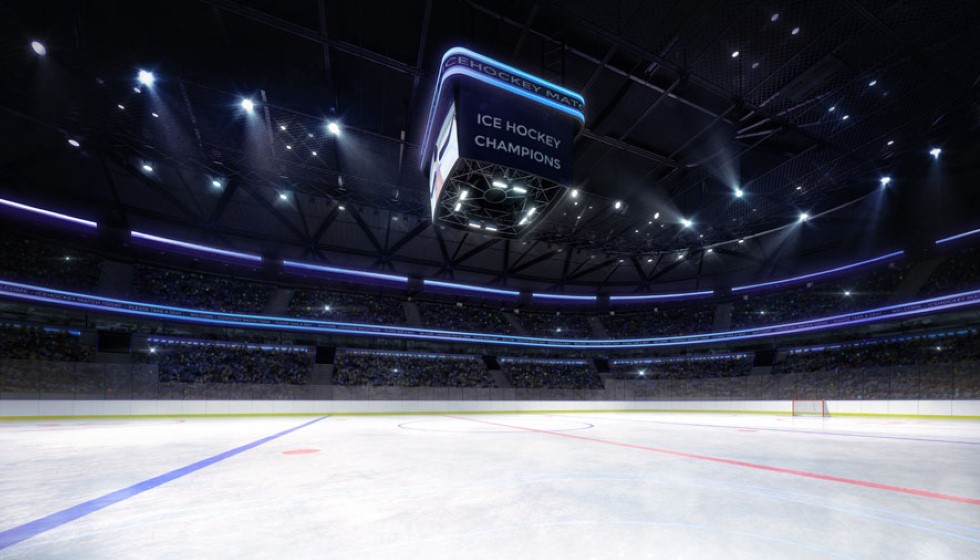
NHL Grapples with A Surge of Injuries in the 2024-25 Season
The 2024-25 National Hockey League season is only two months in, yet the list of sidelined players continues to grow. Teams across the league are grappling with the challenge of maintaining competitiveness amidst a surge of injuries affecting key players. This wave of injuries has disrupted team strategies and spurred speculation on lineup adjustments as teams strive to stay afloat.
High-Profile Stars Sidelined
Among the notable injuries is Washington Capitals' Alex Ovechkin, a player synonymous with scoring prowess and leadership. Ovechkin sustained a lower-leg injury after a collision with Utah forward Jack McBain, sidelining him since November 18, 2024. Regarded as a week-to-week case, Ovechkin's absence leaves a considerable void in the Capitals' offensive lineup and raises questions about the team's ability to rally without him.
Meanwhile, in Vancouver, goaltender Thatcher Demko's knee issues continue to persist, a challenge that dates back to the 2024 Stanley Cup Playoffs. While Demko's return is tentatively anticipated in early December, the uncertainty of his availability places increased pressure on the Canucks' backup goaltenders to perform in his stead.
A Widespread Impact Across Teams
The injury list extends beyond these marquee names. Hampus Lindholm of the Boston Bruins is on injured reserve with a nagging lower-body ailment, while Erik Gudbranson and Boone Jenner of the Columbus Blue Jackets are likewise dealing with upper-body injuries. For Boone Jenner, this absence extends back to March 28, 2024, spotlighting the enduring nature of some injuries.
The Detroit Red Wings' goaltending situation is compromised as well, with injuries hampering both Alex Lyon and veteran netminder Cam Talbot. Talbot is not officially on injured reserve but continues to battle a lower-body ailment, leaving the Red Wings' defensive capabilities in a precarious position.
Surgery and Long-Term Recoveries
Some players face lengthier recoveries following surgeries. Evander Kane of the Edmonton Oilers is expected to be out until February 2025 after undergoing both hip and hernia surgeries. The Los Angeles Kings are dealing with a similar situation as defenseman Drew Doughty recovers from ankle surgery, alongside Darcy Kuemper, who is on injured reserve with a yet-to-be-disclosed injury.
The St. Louis Blues have received unfortunate news regarding Torey Krug, who will not return this season after ankle surgery. This leaves the team searching for ways to fill the substantial gap left by his absence.
Looking Towards Rehabilitations and Returns
While injuries present setbacks, teams hold onto hope for timely returns. The Carolina Hurricanes can expect Frederik Andersen back in mid-November, a much-needed boost for their goaltending division. Minnesota Wild’s Mats Zuccarello might recover from his upper-body injury in 3-4 weeks, providing some optimism for a team looking to regain its full roster strength.
Elsewhere, the long road to recovery continues for Gabriel Landeskog of the Colorado Avalanche, who has been out since June 26, 2022, due to a knee injury. Similarly, San Jose Sharks’ key players Marc-Edouard Vlasic and Logan Couture remain out with injuries, while Seattle Kraken’s Jordan Eberle targets a February 2025 return after pelvic surgery.
Strategic Adjustments and Resilience
Across the league, adjustments are ongoing. The Toronto Maple Leafs must navigate injuries to Max Domi, Calle Jarnkrok, and Max Pacioretty, all suffering from lower-body injuries. For the Utah Hockey Club, injuries to John Marino and Sean Durzi mean strategic pivots, particularly with Durzi expected to be out for a prolonged 4-6 months.
As the season continues, teams will watch keenly as players recover and return to the ice. For now, resilience and adaptability remain the order of the day for coaches and team management, who must shuffle lineups and strategies to keep their playoff hopes alive amidst this challenging rash of injuries. The NHL season is a testament to the unpredictability of sports, where adaptability becomes as critical as skill, and outcomes rest not only on talent but on endurance and timing as well.